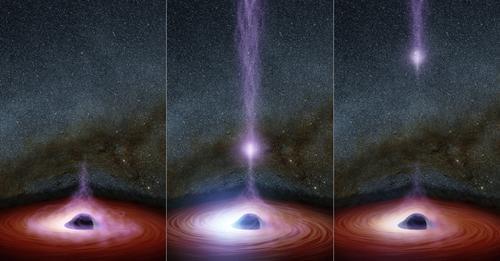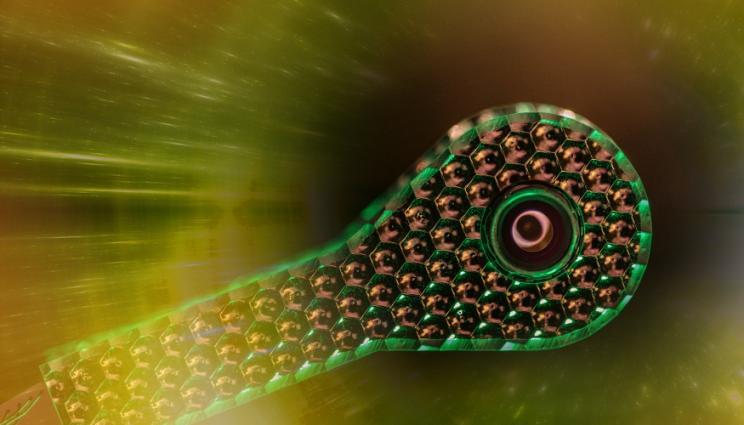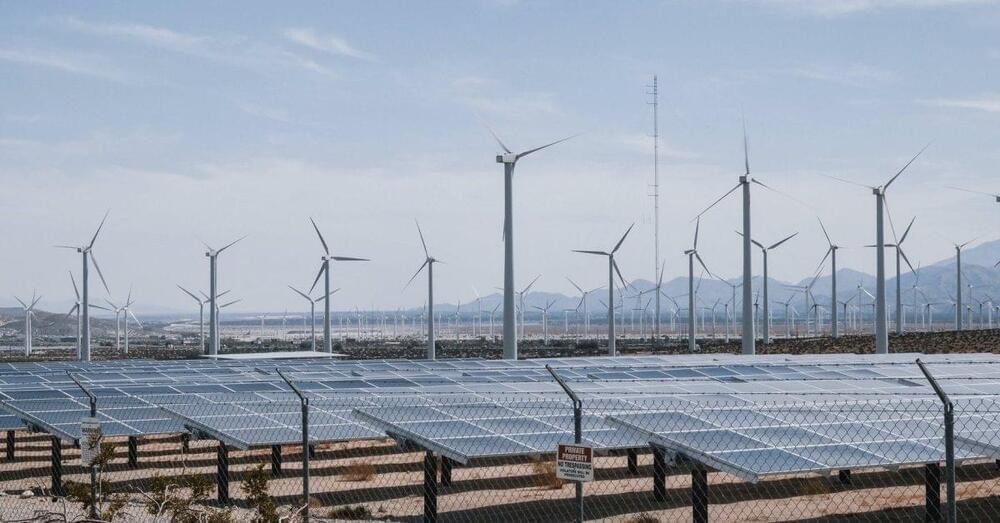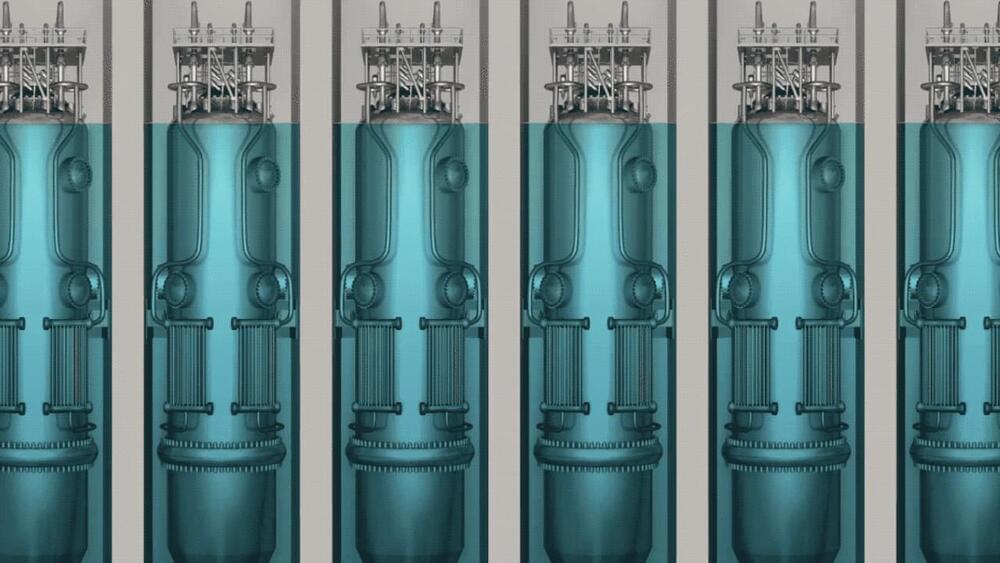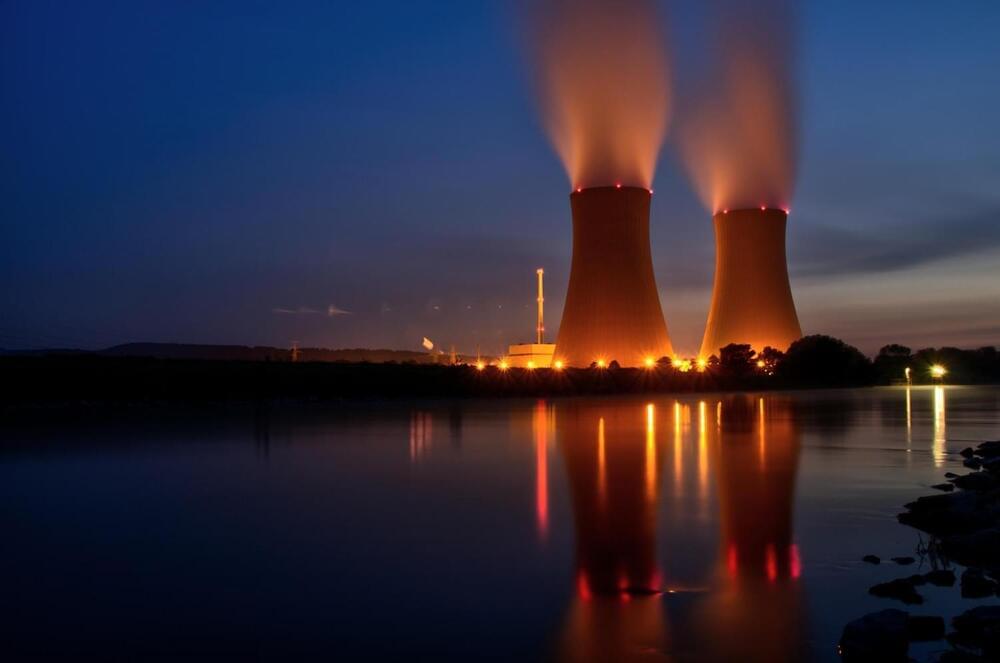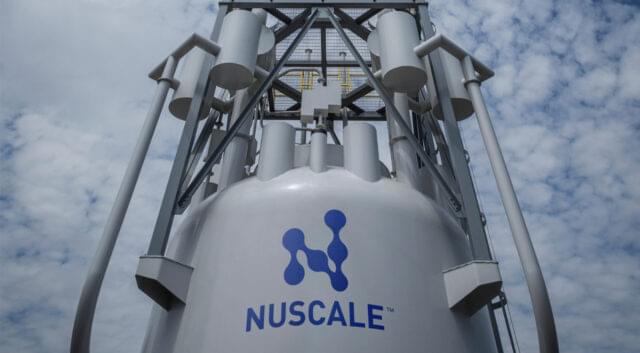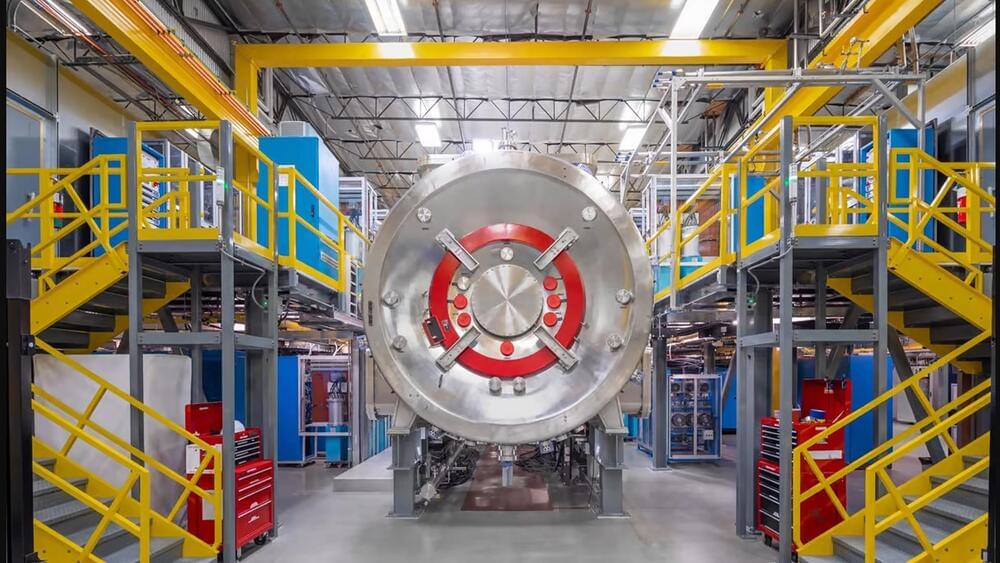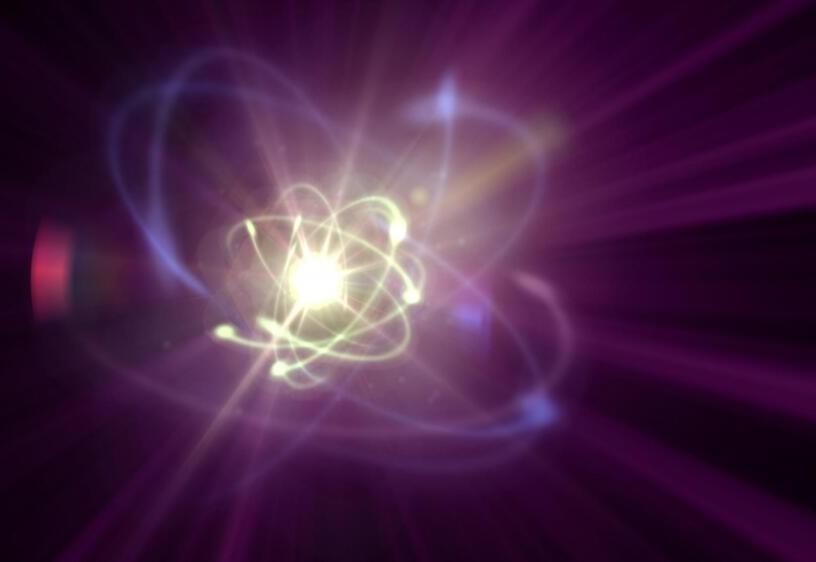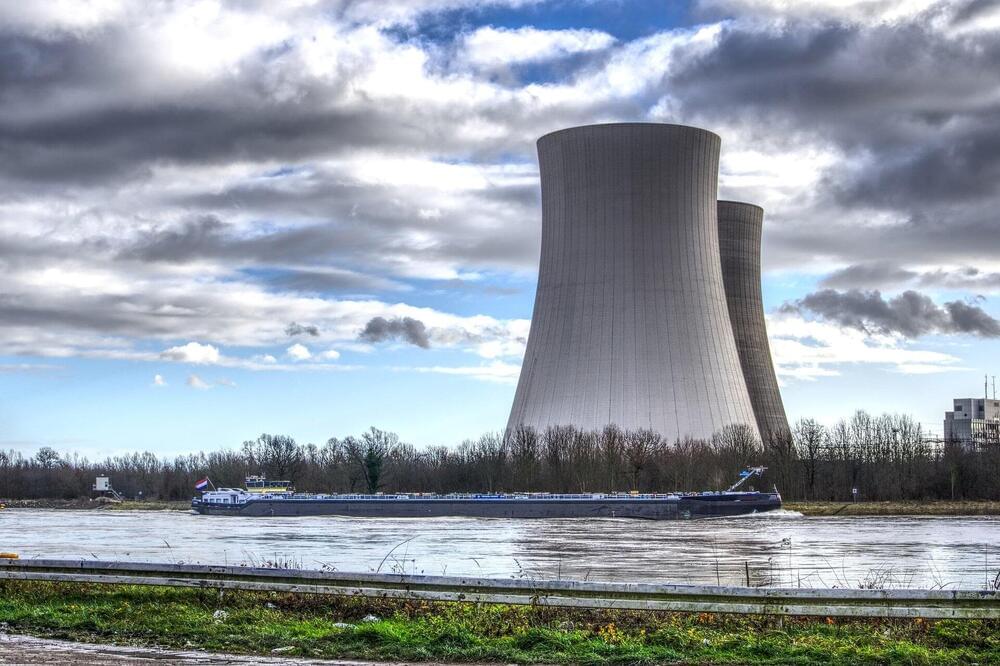Aug 19, 2022
NASA — Saw Something Come Out Of A Black Hole For The First Time Ever… — Siamtoo
Posted by Paul Battista in categories: cosmology, nuclear energy
You don’t have to know a whole lot about science to know that black holes normally suck things in, not spew things out. But NASA detected something mighty bizarre at the supermassive black hole Markarian 335. Two of NASA’s space telescopes, including the Nuclear Spectroscopic Telescope Array (NuSTAR), amazingly observed a black hole’s corona “launched” away from the supermassive black hole.
Then an enormous pulse of X-ray energy spewed out. This kind of phenomena has never been observed before.
